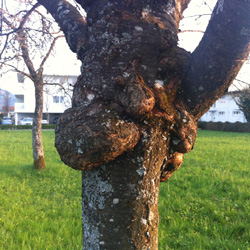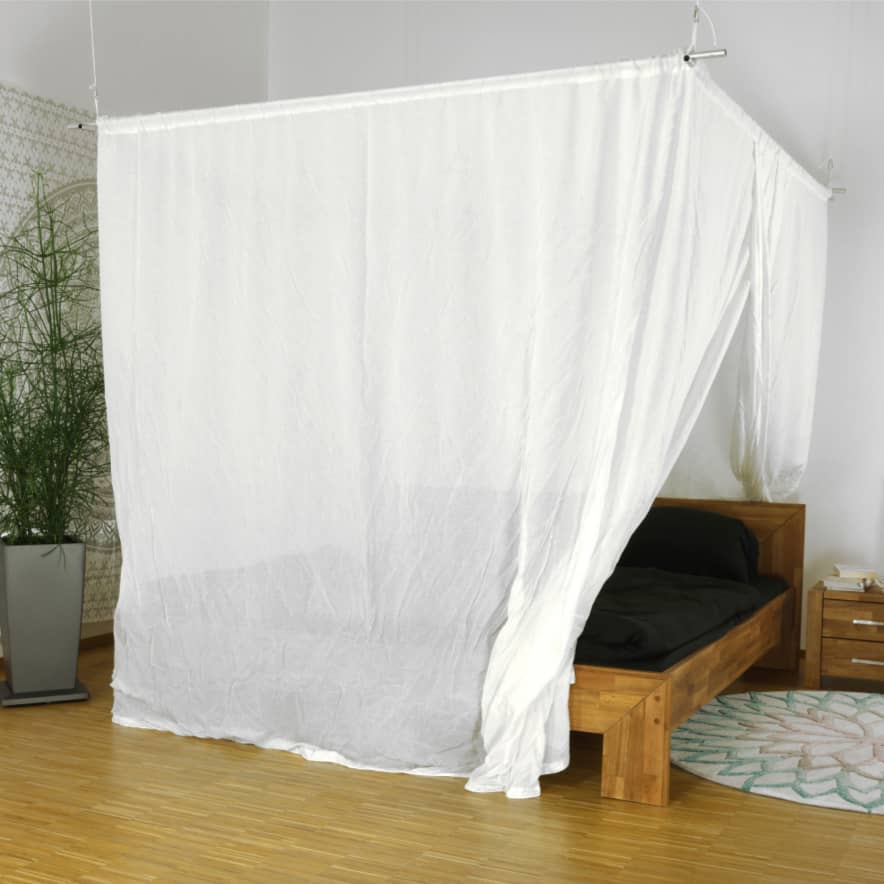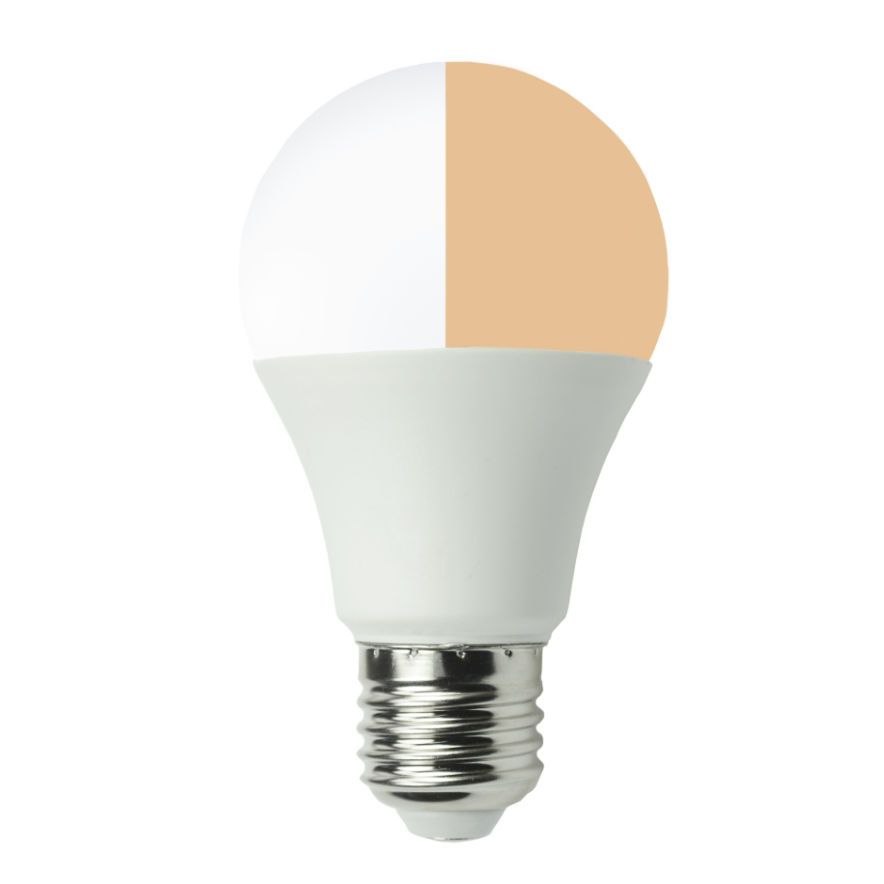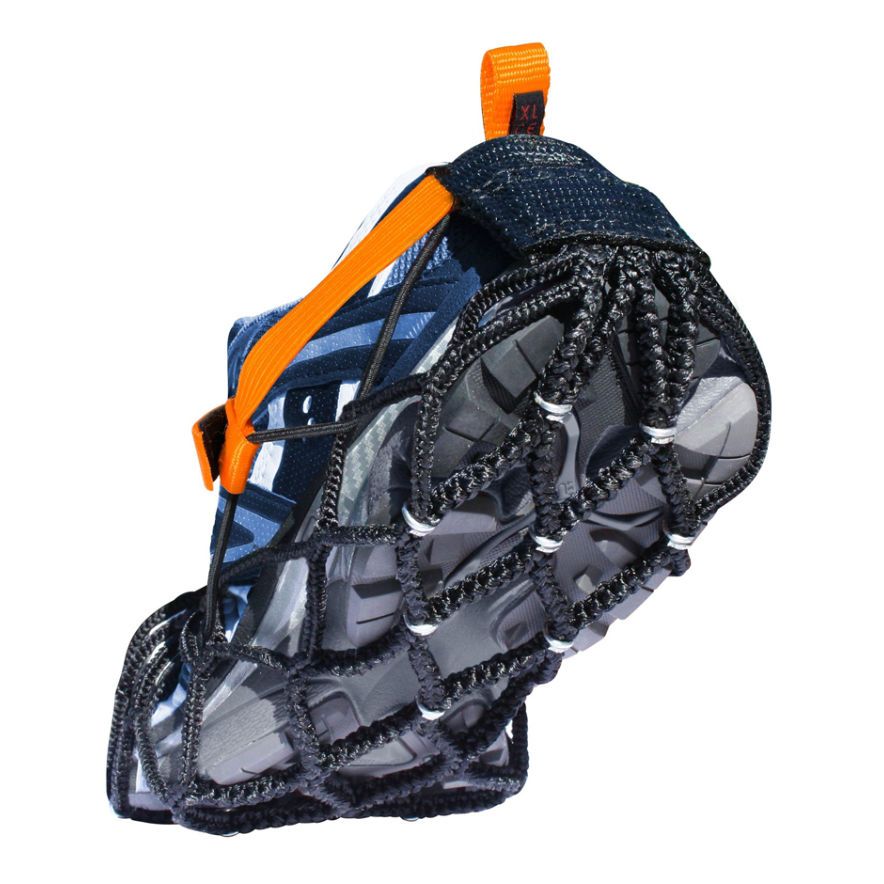Natural radiation
Natural radiation is a collective term for all of the types of the Earth’s natural fault zones. Natural radiations are generally physical phenomena.
This natural radiation has a similar effect to UV radiation, which can lead to sunburn and skin cancer. Depending on the type of radiation, natural radiation affects specific areas of our body. Everyone reacts differently to the effects of natural radiation, just like they to do UV radiation based on skin sensitivity.

Natural radiation in geobiologyGeobiology deals with cause studies and shielding technology for restoring and maintaining health. More and in practice
Several variants of radiation protection mats are used to shield from or deflect natural radiation. It is worth noting here that the effect of the technical interferenceInterference describes the superposition of two or more waves based on the principle of superposition - therefore the addition of their individual amplitudes. More is geographically limited. An analog dowsing rod or pendulum is used to locate natural fault zones of natural radiation. The most well-known causes of natural radiation are:
- Water veinsWater veins are essential for providing the ground and plant world with nutrients. Simply put, without water veins, we would not have any vegetation (see deserts). More
- GridsGrids of energy-filled lines that encompass our Earth like longitudes and latitudes. More (Curry and global grids)
- FaultsA fault is a tear or fracture in rocks that moves two rocks or crusts by distances of a few centimeters to a few dozen or even a hundred kilometers. More
- BreakFault rocks are breaks that can arise from movements in the ground. Earth and rock layers are moved from their original position by fault rocks, which in turn moves minerals and metals. More
» Natural radiation in detail on PROnatur24























